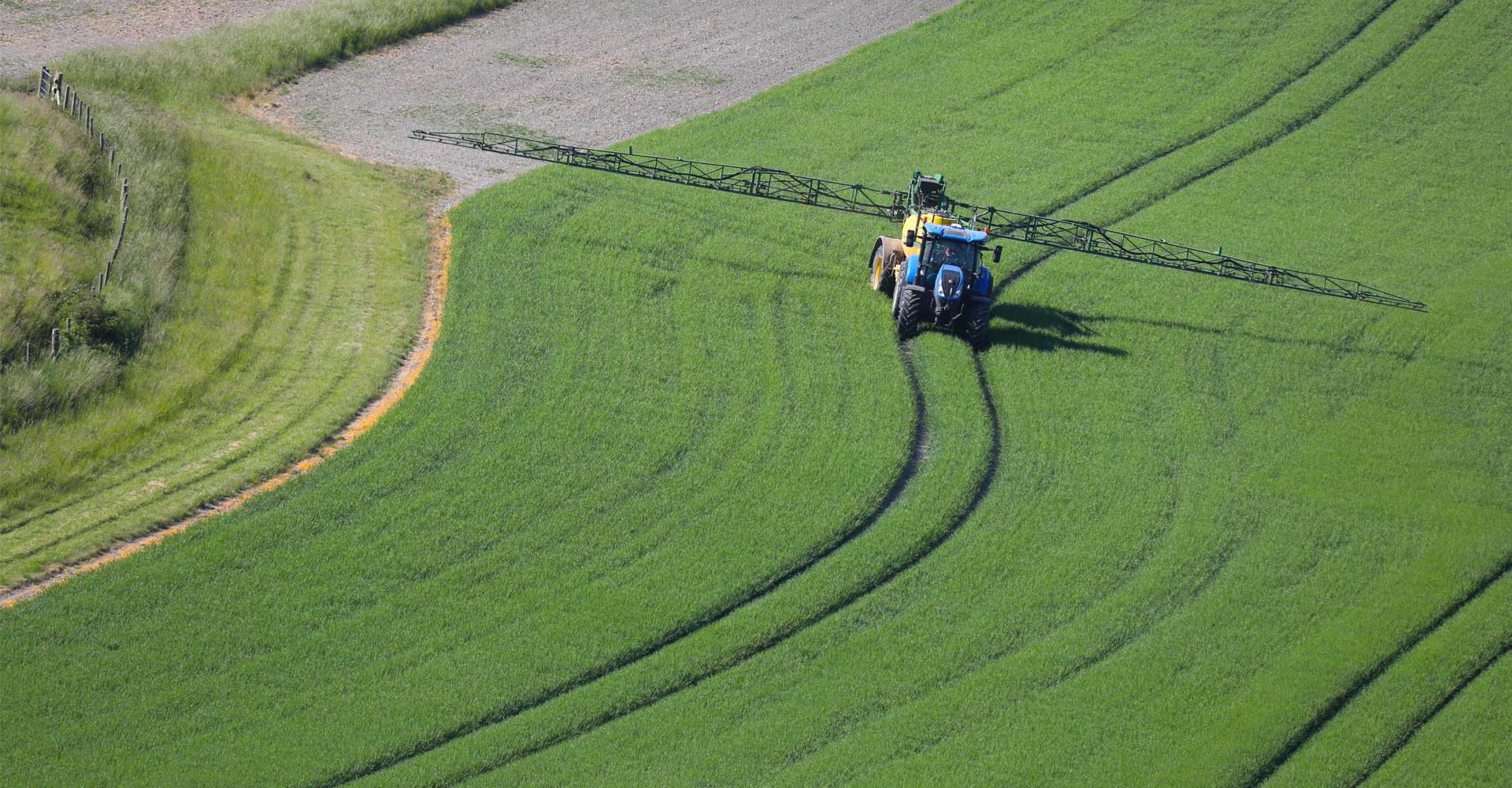Advances in farming progressed through intelligent innovation and problem solving. Substantial advances in the early 19th century of the Industrial Revolution occurred from the mechanisation that marked the beginning of Industrial agriculture.
Since the Second World War, innovation around the use of chemicals to maximise yields came to the fore. This innovation also increased the scale of mechanisation capable of creating the juggernauts of today’s industrial agricultural landscape.
Technology and innovation have enabled us to feed our growing populations, which remains an essential commitment to our agricultural output. However, it is essential that we find a better balance of farming that is more sympathetic to the natural world and ultimately more sustainable.

An evolving financial landscape of government subsidies and financial offsetting systems combined with substantial investment in innovation and agricultural technologies are laying the foundations for effective change. Navigating the transition to a more sustainable farming landscape will be a major challenge for farmers and landowners.
It is poignant to consider the impermanence of land use and landscape, the similarities we have to our ancestors in our absolute dependency on natural world for our own survival. The impacts on climate, extreme weather events and the loss of biodiversity are abundantly clear.
Better land management approaches that seek to improve biodiversity, better social outcomes and sustainable business models will no doubt incorporate the lessons learned historically to aid a regenerative future.
